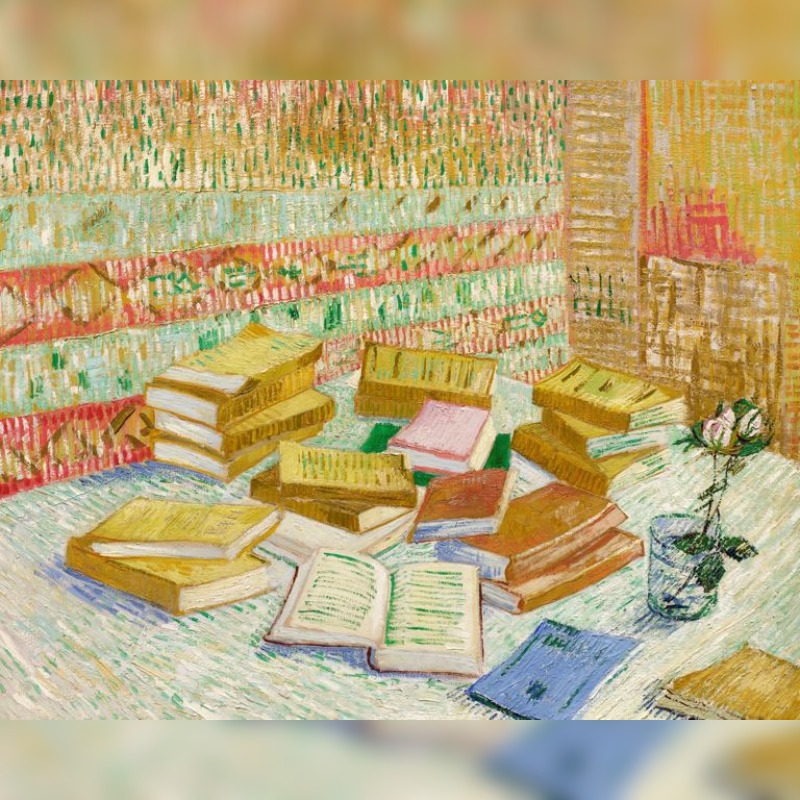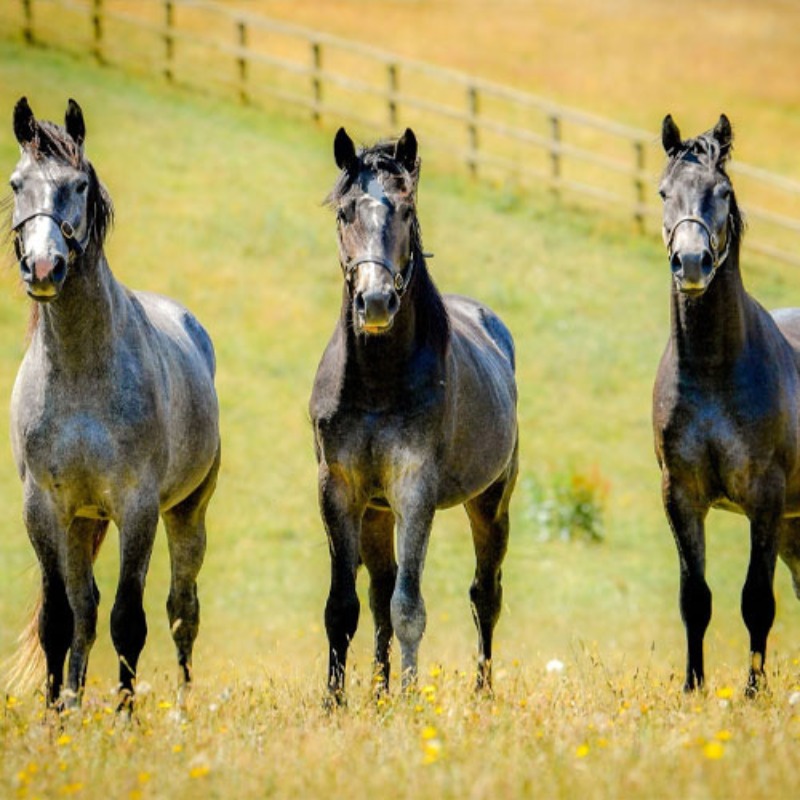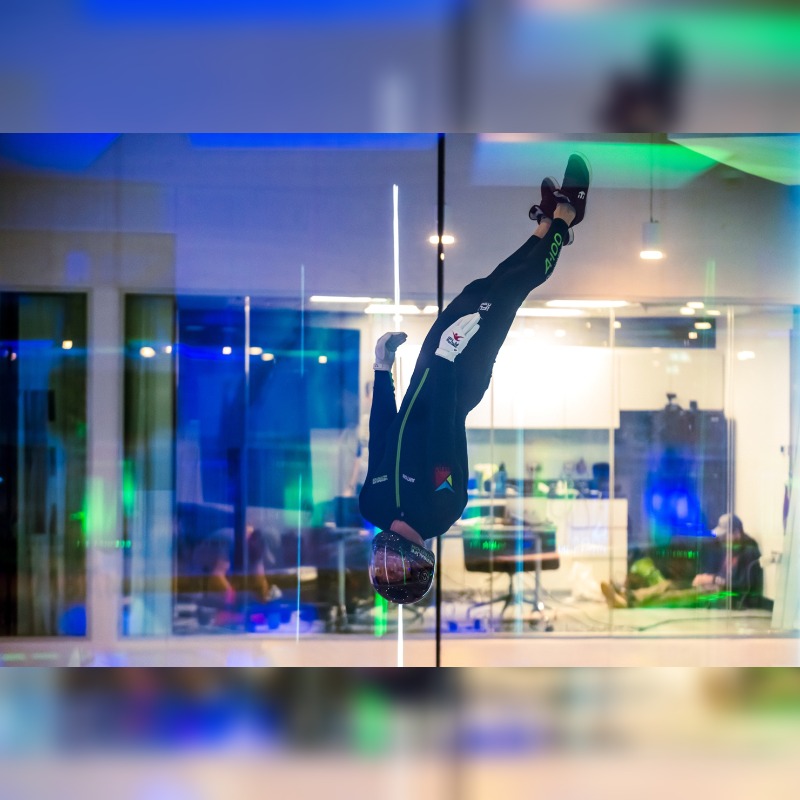
Sotheby’s To Present Major Exhibition Of Fine Art In Abu Dhabi
Next month, from 1–2 October, Sotheby’s will bring to Abu Dhabi a group of masterworks – together valued at $150M – by six of the most revered names in art history, from Vincent van Gogh to Paul Gauguin, and from Frida Kahlo to Edvard Munch, René Magritte and Camille Pissaro.
The two-day exhibition, to be held at the Bassam Freiha Art Foundation, will be something of a landmark: the first public exhibition of Fine Art ever staged by Sotheby’s in Abu Dhabi, and the most valuable exhibition of any kind ever staged by Sotheby’s in the region.
In addition to their quality and art historical importance, each of the works to be exhibited boasts an illustrious provenance, having long-resided in celebrated private collections. The striking landscape by Edvard Munch, for instance, comes to auction from the collection of Leonard A. Lauder, one of greatest collectors and benefactors of the arts in America, while the van Gogh and Gauguin paintings hung until recently in the Chicago home of Cindy and Jay Pritzker, whose impact on the cultural life of their home city is immense, and whose renowned prize for architecture has honored many of the world’s leading architects, including Jean Nouvel, designer of the Louvre Abu Dhabi, and Frank Gehry, architect of the new Abu Dhabi arm of the Guggenheim. Also exhibited will be a striking painting by René Magritte from the collection of Matthew and Kay Bucksbaum, leading American philanthropists known for their contributions to the arts, education and civic life.
None of the works to be exhibited have ever been shown in the Middle East before, and three of the six have not been seen in public for more than half a century. Following the exhibition in Abu Dhabi, they will travel to London and Paris before returning to New York, where they will be offered in a hotly anticipated season of auctions during the week of 17 November, marking the opening of Sotheby’s new headquarters in the historic Breuer Building on Madison Avenue.
________________________________________
INSIDE THE EXHIBITION
FRIDA KAHLO
El sueño (La cama)
1940
Estimate: $40–60M
Painted in 1940, a year of intense personal turmoil for Frida Kahlo, this painting – an evocative meditation on life, death, and rebirth – is poised to set a new auction record for the artist and may also eclipse the current record for any work by a woman artist .
Painted soon after her divorce from her great love and creative counterpart Diego Rivera, this beautiful yet haunting work was executed at a time of intense physical pain and emotional disruption for Kahlo. Here, she depicts herself reclining on a bed floating in a pale blue sky, her body entwined with curling green vines symbolizing life and growth. Above her, a skeleton wired with dynamite holds dried flowers – a reminder of death’s ever-present role.
For Kahlo, who was left bedridden after a near fatal bus accident in 1925 when she was just 18 years old, the bed was the stage of life’s dramas – birth, love, illness, and death. It was from her bed, too, that so many of Kahlo’s most intimate and powerful works were painted. (Her mother had a special easel made for which, positioned over her bed, allowed her to paint while lying flat.) Immobile and crippled with pain, painting was in many ways, her salvation “I am not dead and I have a reason to live. That reason is painting.”
El sueño (La cama) will lead a group of exceptional Surrealist works to be offered in New York in November under the title ‘Exquisite Corpus’. Featuring major works Kay Sage, Leonora Carrington, Dorothea Tanning, Salvador Dalí, Max Ernst, René Magritte and others, the collection captures the full breadth, depth, and daring of the Surrealist imagination.
Its appearance on the market coincides with the historic results realised in London recently for the collection of Pauline Karpidas: The London Collection. Driven by spirited bidding across Surrealist masterpieces and beyond, the landmark £101m/$137m ‘white glove’ result underscores the extraordinary momentum in this field, as articulated in a recent survey on the market for Surrealism, published by Sotheby’s Financial Services in conjunction with ArtTactic. (Please find a copy of the report here.)
________________________________________
VINCENT VAN GOGH
Romans Parisiens (Les Livres jaunes)
1887
Estimate in the region of $40M
Romans Parisiens (Les Livres jaunes) is a painting of immense art historical significance. In 1888, it was submitted by Vincent’s brother Theo for inclusion in the seminal Salon des Indépendents exhibition – the very first occasion when his works were included in an official public exhibition, marking a breakthrough and cementing van Gogh’s place within the Parisian avant-garde.
Today, alongside his Sunflower compositions, this painting is regarded among the artist’s finest still lifes. The largest still life by the artist to appear at auction since 1980, it is also the most important still life painting by the artist to come to auction in over a decade.
Like so many of van Gogh’s major still lifes, Romans Parisiens reads as a self-portrait by other means, and is comparable in this way to other renowned paintings by the artist such as The Chair (1888), where a humble chair, pipe and pouch represent the artist. Here, it is a pile of books that depict their reader – a fitting subject, given that van Gogh was a voracious reader, enamored by authors such as Émile Zola and Gustav Flaubert.
In spite of van Gogh’s deep love of literature, books feature rarely in his work, providing the central subject for only nine of his paintings. Of those, Romans Parisiens (Les Livres jaunes) is only one of two remaining in private hands.
Passed down through three generations of the van Gogh family, it last appeared at auction in 1988 and has since been exhibited at world-renowned institutions including the Musée d’Orsay, van Gogh Museum, and the Royal Academy.
PAUL GAUGUIN
La Maison de Pen du, gardeuse de vache
Executed in summer 1889
Estimate: $6–8M
Painted near Pont-Aven in Brittany, in the summer of 1889, La Maison de Pen du, gardeuse de vache
marks a pivotal moment in Gaugin’s artistic evolution, just as his signature style was developing into one of the most recognizable in modern art.
La Maison de Pen du, gardeuse de vache has a distinguished early exhibition history. Included in the famed 1893 Den Frie Udstilling (The Free Exhibition) in Copenhagen, it was later one of eight Gauguins shown in the 1930 Summer Exhibition at the new Museum of Modern Art in New York, loaned by leading collectors Charles and Aline Liebman, who had acquired the work the same year.
Of the 22 Pont-Aven landscapes Gauguin painted around 1889, only four – including La Maison de Pen du, gardeuse de vache – remain in private hands. This is the finest to come to auction in some four decades.
CAMILLE PISSARRO
Bords de l’Oise à Pontoise
Estimate: $1.2–1.8 M
Executed in 1872, Bords de l’Oise à Pontoise belongs to a period that is widely considered to be the most innovative in Pissarro’s career and within the wider Impressionist movement. Within the pastoral setting Pissarro depicts, the artist also notes signs of change, including the newly built railway bridge that tied Pontoise more closely to Paris and Rouen.
The painting reveals Pissarro’s shift from his more structured landscapes towards more expressive brushstrokes and a more luminous palette. This transformation influenced contemporaries like Paul Cézanne, who painted from the same viewpoint in 1881.
In 1913, Bords de l’Oise à Pontoise was featured in the International Exhibition of Modern Art – later renowned as the Armory Show – a landmark exhibition which introduced the American public to the European avant-garde for the first time, helping usher in modernism in the United States.
The works by Paul Gauguin, Vincent van Gogh and Camille Pissarro all come from the exceptional collection of Cindy and Jay Pritzker, tireless champions of the arts in all forms – not least through the establishment of the Pritzker Architecture Prize, recognized worldwide as the field’s highest honor. Their collection also includes major works by Wassily Kandinsky, Henri Matisse, Joan Miró, Max Beckmann, and Ernst Ludwig Kirchner. (See full press release here.)
________________________________________
EDVARD MUNCH
Sankthansnatt Johannisnacht (Mittsommernacht) (St. John’s Night) (Midsummer Night’s Eve)
Executed circa 1901-03
Estimate in excess of $20M
Coming from the collection one of the greatest collections and benefactors of the arts in America, Leonard Lauder, Sankthansnatt Johannisnacht (Mittsommernacht) (St. John’s Night) (Midsummer Night’s Eve) stands as among Edvard Munch’s most atmospheric and alluring landscapes. Painted circa 1901–03 at the height of the artist’s creative powers, the work captures the half-light of St John’s Eve – a liminal moment steeped in folklore, when daylight lingers into midnight
Here, Munch transforms a familiar road in his beloved Åsgårdstrand – a Norwegian coastal town that served as his summer refuge – into a stage upon which youth, desire, and unspoken tension quietly converge. It was here, in Åsgårdstrand, that some of the most formative episodes of Munch’s life unfolded, including his love affair with the married Millie Thaulow, and, years later, the breakdown of his relationship with Tulla Larsen. (For information on other works from the Leonard A. Lauder Collection, please see here.)
RENÉ MAGRITTE
Le Jockey perdu
1942
Estimate: $10–15M
One of only two known oil paintings from this important series, this striking oil on canvas stands as the most refined and technically accomplished realization of Magritte’s seminal horse-and-rider motif. First conceived in 1926 and hailed by Magritte as his ‘premier tableau’ – his first true Surrealist painting – the subject of Le Jockey perdu marked the artist’s departure from Cubist figuration and his embrace of a visual language defined by mystery, juxtaposition, and poetic invention.
In this 1942 canvas, painted at the height of Magritte’s powers, the artists revisit the subject he had first conceived some sixteen years earlier, this time with new depth, clarity and ever greater technical prowess. The striking composition places a solitary jockey in a dreamlike forest of towering, bilboquet-like forms, their theatrical framing evoking a portal into an alternate reality. The work’s provenance is equally distinguished, having passed through the collections of pioneering Surrealist patron William N. Copley and, most recently, philanthropists Kay and Matthew Bucksbaum, who regarded the painting as one of the jewels of their collection.
________________________________________
SOTHEBY’S DUBAI EXHIBITION: 29 SEPTEMBER – 3 OCTOBER
Coinciding with the exhibition in Abu Dhabi, Sotheby’s Dubai gallery will also host – from 29 September to 3 October – a display of highlights from two forthcoming London sales: Modern and Contemporary Middle East (to be held on 28th October), Arts of the Islamic World and India (to be held on 20th October). The exhibition will feature works by leading artists such as Fahrelnissa Zeid and Inji Efflatoun, as well as unique artefacts such as an early 18th-century illuminated Qur’an and an exceptionally rare 17th-century Ottoman hanging throne ornament.






